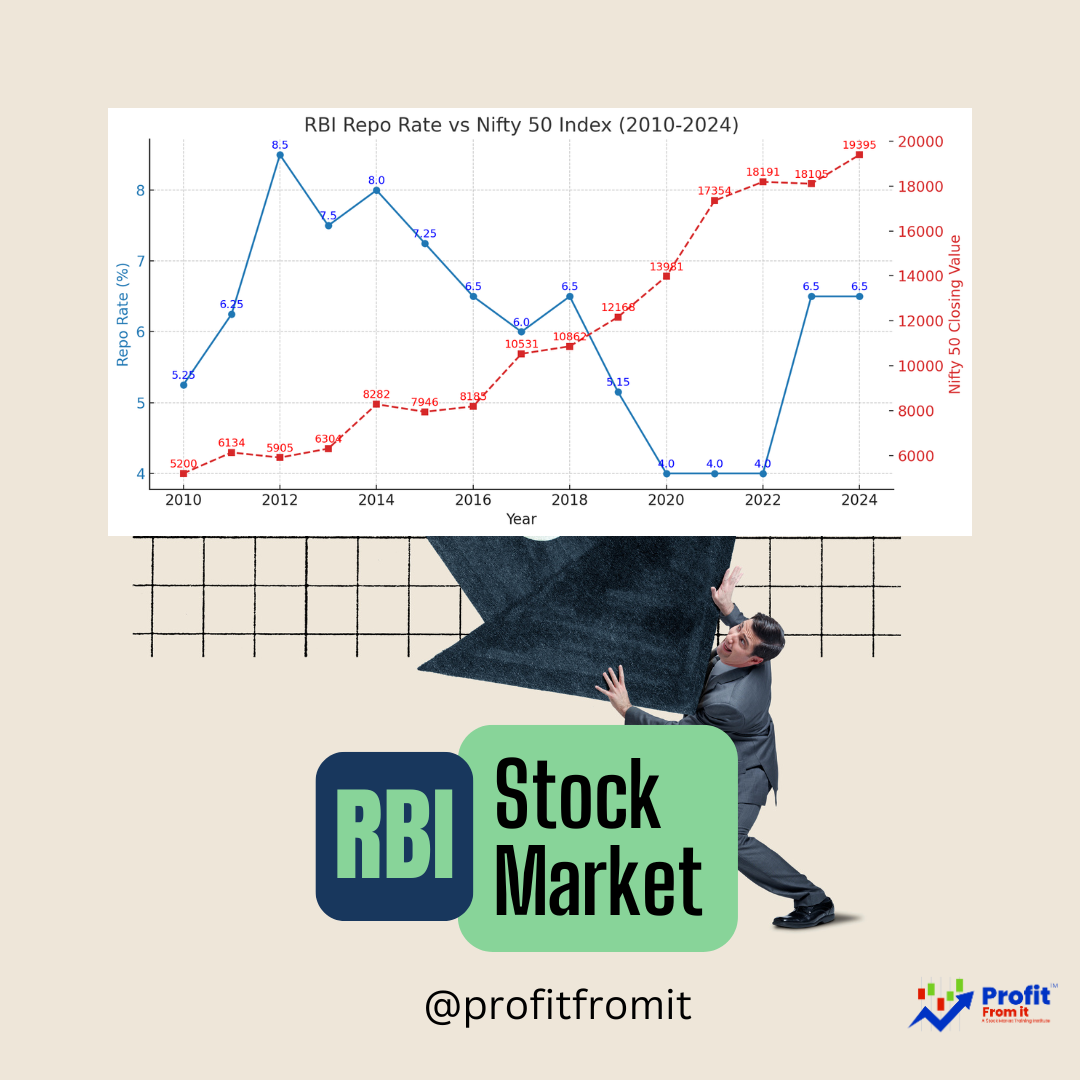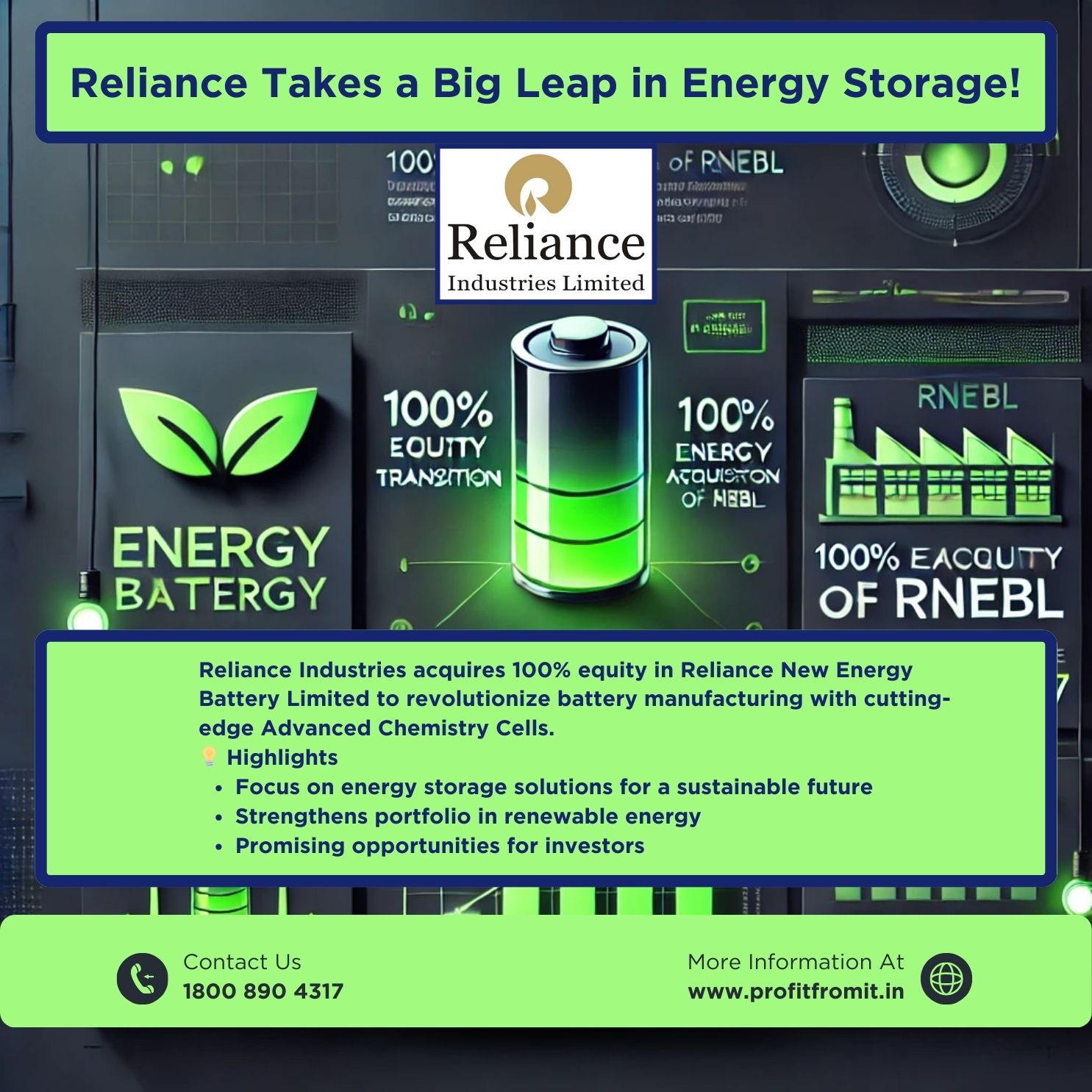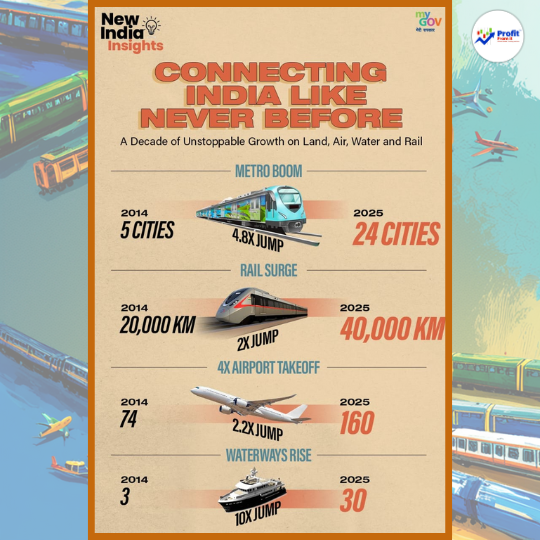
🚄 A Decade of Transport Transformation: Connecting India Like Never Before
India's journey over the past decade on land, air, and water has been nothing short of remarkable. Massive investments in infrastructure have boosted connectivity, opened new trade routes, and reshaped economic opportunities. This multi-modal transport expansion is now emerging as one of the strongest long-term growth drivers for the Indian economy.
📊 Growth Milestones (2014 → 2025)
The statistics speak for themselves, showcasing a massive leap in connectivity across the country. This rapid expansion is a key indicator of the underlying structural growth story.
🚇 Metro Boom: The metro network has expanded rapidly, easing congestion and boosting urban real estate demand.
2014: 5 cities
2025: 24 cities (4.8x growth)
🚆 Rail Surge: Double the rail length means improved freight efficiency, faster passenger movement, and increased rural-urban connectivity.
2014: 20,000 km
2025: 40,000 km (2x jump)
✈ Airport Takeoff: Enhanced air connectivity supports tourism, business travel, and cargo movement.
2014: 74 airports
2025: 160 airports (2.2x jump)
⛴ Waterways Rise: Waterways offer cost-effective freight movement, especially for bulk goods and cross-border trade.
2014: 3 routes
2025: 30 routes (10x jump)
🔍 Impact on Key Sectors
This transport revolution has a cascading effect, creating tailwinds for multiple industries. For investors, understanding these interconnected sectors is crucial.
🏗 Infrastructure & Construction: The surge in metro and railway projects means higher demand for Engineering, Procurement & Construction (EPC) services. Companies in the cement, steel, and construction sectors are seeing their order books grow significantly.
🚚 Logistics & Supply Chain: Multi-modal transport networks reduce costs and delivery times, directly benefiting warehousing and freight companies.
✈ Tourism & Hospitality: More airports mean easier access to tourist destinations, providing a major boost to hotels and travel-related businesses.
🏙 Urban Development & Real Estate: Metro connectivity is a powerful catalyst for property values in suburban and urban corridors, driving demand for new housing and commercial spaces.
💹 Companies That Could Benefit
For those looking to apply the principles of fundamental analysis, here are some companies to consider, categorized by their primary areas of operation.
🚇 Metro & Rail:
Larsen & Toubro (L&T): A leader in EPC projects for metros and railways.
- Siemens India ⚙ – Signalling, electrification, and automation solutions for metro & rail projects.
- Indian Railway Finance Corporation (IRFC) 💰 – Funding backbone for Indian Railways projects.
Rail Vikas Nigam Ltd. (RVNL): Specializes in rail network expansion.
Titagarh Rail Systems, Texmaco Rail: Key players in manufacturing rail coaches, wagons, and signalling solutions.
✈ Airports & Aviation:
GMR Airports, Adani Airports: Major players in airport infrastructure and operations.
InterGlobe Aviation (IndiGo): An airline benefiting directly from higher passenger volumes.
⛴ Waterways & Ports:
Shipping Corporation of India, Cochin Shipyard: Involved in vessel manufacturing and shipping services.
Adani Ports & SEZ, JSW Infrastructure: Leaders in port development and cargo handling.
📦 Logistics & Warehousing:
Container Corporation of India (CONCOR): The market leader in rail cargo.
Delhivery, Blue Dart Express: Key players in end-to-end logistics and express delivery services.
📈 Stock Market Impact
This structural growth story presents several long-term investment opportunities.
Infra & Rail EPC stocks may see sustained demand and earnings growth.
Airline stocks can benefit from increased passenger and cargo traffic, though profitability is influenced by fuel prices and competition.
Port & logistics stocks could see their valuations re-rated due to expected volume growth.
Tourism-related stocks could witness a steady recovery and growth as connectivity improves.
📌 Outlook and Long-Term View
The next decade could witness even more integrated connectivity under the Atmanirbhar Bharat and Make in India initiatives. Investments will likely continue in smart city projects, expressways, bullet trains, and airport hubs.
For long-term investors, the transport revolution is a structural growth story, not a cyclical trend. Companies with strong execution capabilities, government ties, and technological adaptability are well-positioned to deliver compounded growth over the next 10–15 years. However, as in all investments, it's essential to watch for execution risks, policy changes, and funding constraints.
📊 Takeaway
🚇 Metro Boom: From 5 cities in 2014 to 24 cities by 2025 (+4.8x growth)
🚆 Rail Surge: From 20,000 km to 40,000 km (+2x network size)
✈️ Airport Expansion: From 74 to 160 airports (+2.2x jump)
⛴ Waterways Rise: From 3 to 30 routes (+10x increase)
Multiple sectors—infrastructure, logistics, aviation, tourism—stand to benefit.
Disclaimer: This information is for educational purposes only and is not investment advice. Investments in the stock market are subject to market risks. Please conduct your own research before making any investment decisions.

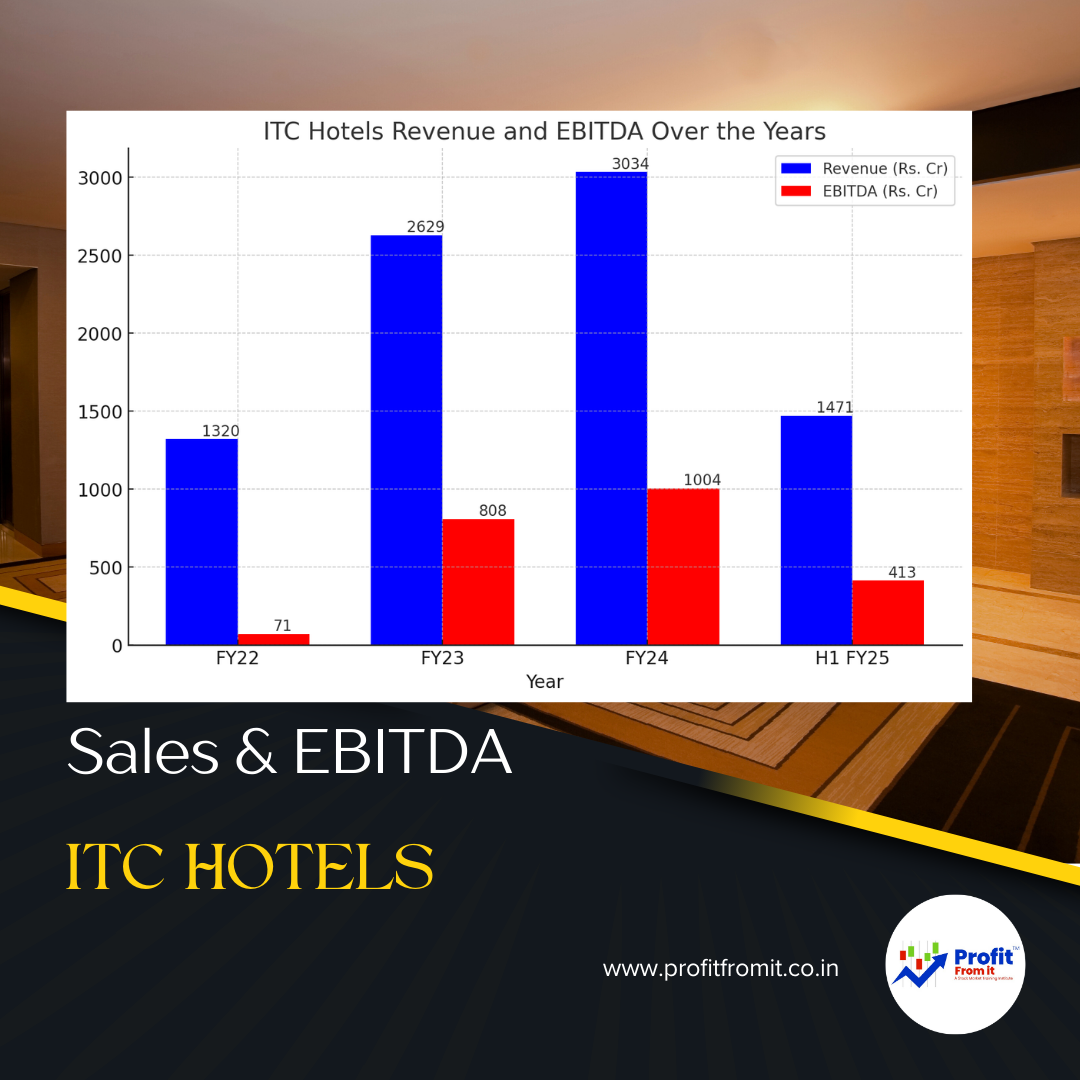
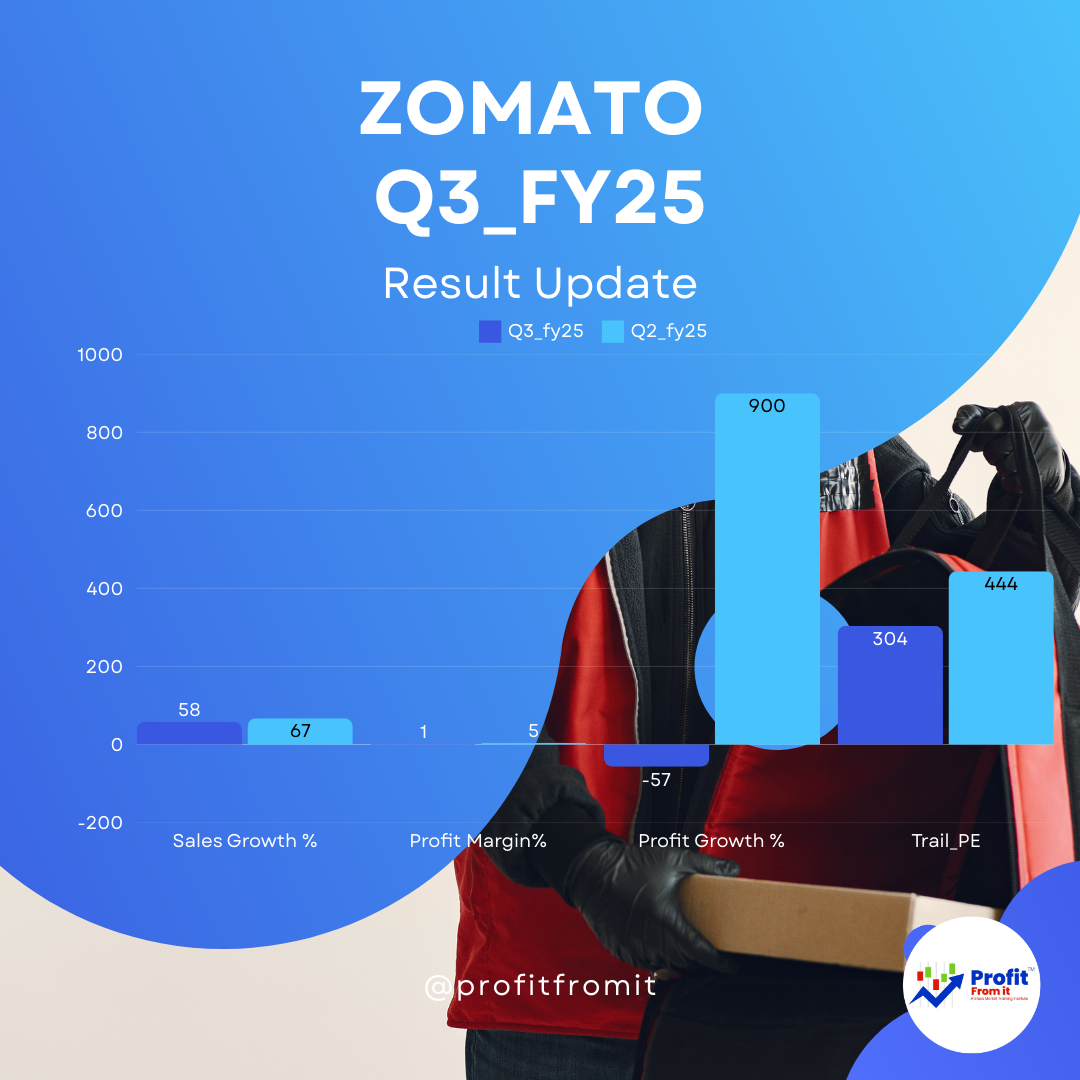
 for Investors The provided chart outlines key metrics for Nifty 500 companies across different periods (FY22 t.png)
